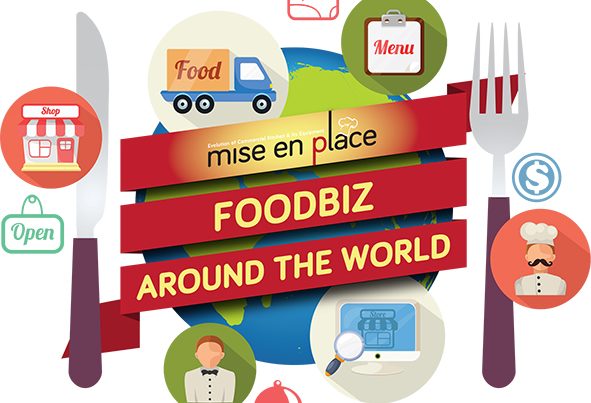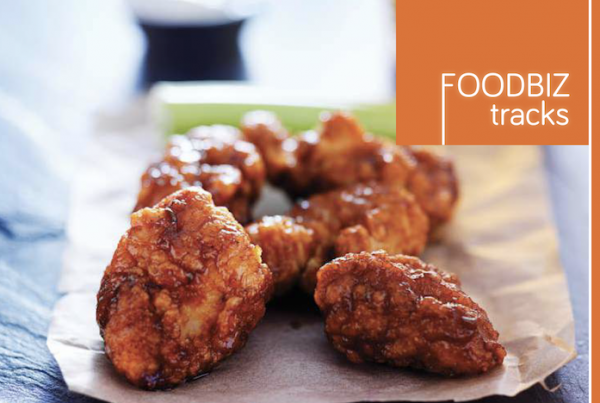
WHY DO WE LOVE ASIAN FOOD?
To start off, let’s narrow it down to the Western world. As seen in many a television series, characters having a night in, opening up cardboard boxes stamped with a distinctively Chinese logo and slurping up the noodles inside. Truly, Chinese food has made it into the American eating culture, according to data by online and mobile food ordering service GrubHub.
• 1 year
• 30,000 restaurants in more than 800 cities
• serving 172,000 take-out orders a day
• 4.57 million active diners
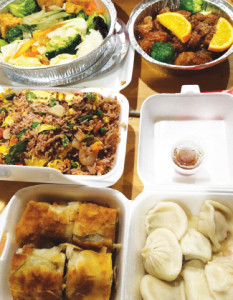 10 Most Popular Dishes ordered:
10 Most Popular Dishes ordered:
• General Tso’s Chicken
• Fried Rice
• Crab Rangoon
• Sweet and Sour Chicken
• Egg Roll
• Orange Chicken
• Sesame Chicken
• Hot and Sour Soup
• Wonton Soup
• Pot Sticker
Interestingly, some of the dishes like General Tso’s Chicken and Crab Rangoon would rarely, if ever, be seen on a menu in China; they’re American inventions; said Jocelyn “Joz” Wang, Editor-in-Chief and CEO of 8Asians.com. We won’t go into what is true Chinese food but it is suffice to say that Americans caught an inkling of the cuisine’s nuances to invent something successful. Yet, without the first wave of Chinese migrants, its culinary landscape wouldn’t be as bright as it is today. Some entered San Francisco to seek gold while merchants of Canton in South China saw business opportunities and came to provide services for miners as traders, grocers, merchants and restaurant owners.
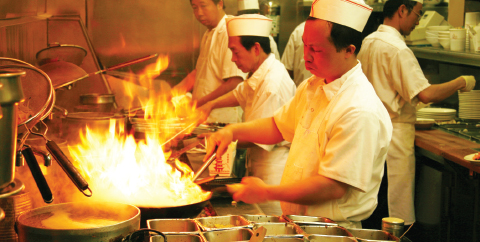
However, early Americans were dubious of these “chow chow” houses that the Chinese frequently ate in. Part cultural contrast plus the tendency to eat parts of an animal a Westerners don’t. Yet, after some assimilation, the Chinese chefs learnt to adapt to local taste buds. “Chinese” dishes became sweeter, boneless, and more heavily deep-fried. Broccoli, a vegetable unheard of in China, started appearing on menus”. Public interest for Chinese food shot upwards after President Nixon’s visit to Beijing in 1972 where he dined on Peking duck and multicourse feasts. More eateries sprouted up and according to the Chinese American Restaurant Association, there are over 45,000 Chinese restaurants across USA!
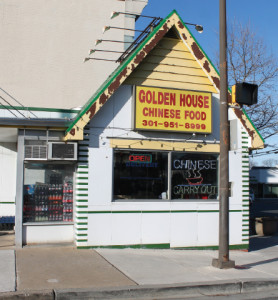 In United Kingdom, “Chinese food at the beginning of the 80’s was sweet and sour pork, mainly. Most Brits had a very stereotypical view of Chinese food,” says Chef Ken Hom. Records state the first eatery in London was The Chinese Restaurant, opened in 1908. Instead of mainland Chinese, more Hong Kong-ers came to UK around the 1960s and began to grow the scene. Chinatown thrived, not only for its flavours but also its late hours especially with the partying crowd as the fare was suitable for late night eating. Now there are more regional Chinese food from Sichuan, Hunan and other areas of China. With a taste for food adventure growing, the Chinese community are also introducing regional specialties like Chilli Daddy, founded by Dr Weng who said “the majority of local people like exciting, spicy food.”Sichuan cuisine uses Sichuan pepper. “It makes you feel a little numbing when you eat. But the smell is so good”.
In United Kingdom, “Chinese food at the beginning of the 80’s was sweet and sour pork, mainly. Most Brits had a very stereotypical view of Chinese food,” says Chef Ken Hom. Records state the first eatery in London was The Chinese Restaurant, opened in 1908. Instead of mainland Chinese, more Hong Kong-ers came to UK around the 1960s and began to grow the scene. Chinatown thrived, not only for its flavours but also its late hours especially with the partying crowd as the fare was suitable for late night eating. Now there are more regional Chinese food from Sichuan, Hunan and other areas of China. With a taste for food adventure growing, the Chinese community are also introducing regional specialties like Chilli Daddy, founded by Dr Weng who said “the majority of local people like exciting, spicy food.”Sichuan cuisine uses Sichuan pepper. “It makes you feel a little numbing when you eat. But the smell is so good”.
It isn’t just the Chinese who have affected the Western world with their cuisine. Soon others followed suit and brought in their own food:
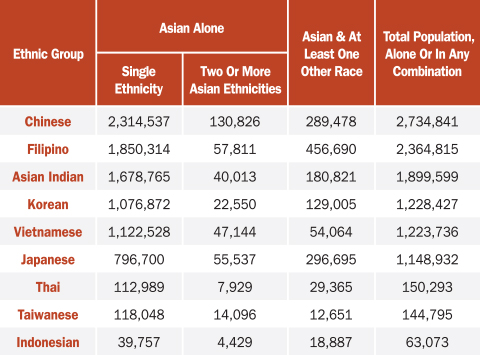
Geography is definitely a key factor in the growing popularity of this region’s culinary gems but what is in the food that got non-locals hooked? May we suggest that it lies in FLAVOUR.
While a plate of food is determined by factors like colours, temperature, texture, it is taste that plays the largest role in making it palatable. A team of researchers ran an experiment titled “Flavor network and the principles of food pairing” to find out how both cultures prepare their food. The researchers analysed 381 ingredients used in recipes throughout the world and 1021 flavour compounds found in those ingredients. They gathered more than 50,000 recipes from Epicurious.com and Allrecipes.com and Korean site menupan.com. The recipes were grouped according to North American, Western European, Southern European, Latin American and East Asian with 8 being an average number of ingredients used in a recipe. The analysis found:
Western cuisines tend to use ‘pairs’ that share many flavours. 74.4% of dishes in north America share 13 key ingredients including butter, milk and egg.
East Asian cuisines tend to avoid ingredients that share flavours. Soy sauce used in east Asia is often paired with garlic and sesame oil which share very little flavours in common.
This research shows that Asian culinary logic takes a ‘clashing’ route – where sensory play comes alive on our tongues through contrasting notes dreamt up by chefs. Let us take a quick tour of the major Asian cuisines and how they carved an identity for themselves.







